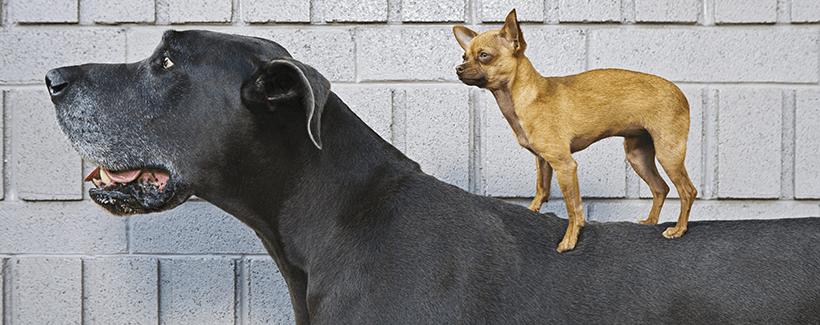
Dogfighting and the Dilemma with Veterinarians
Posted January 1, 2017 in Dog Behavior

How Can Your Tell if a Dog has Been Fought in a Dog Fight? There are some common signs of a dog that has been fought. Generally they are Pit Bulls, Presa Canarios, Dogo Argentino or other fighting breeds brought into vets and veterinary emergency clinics at night with bite wounds over the face, neck, chest, and front legs.
Another common sign is that dogs will have multiple wounds in different stages of healing that suggest other fights at various times.
Some clients bringing in these dogs for treatment gives stories of an injury inconsistent with the injuries, i.e. the dog ran through a glass window or was in the yard and got caught on a fence. Most veterinarians can identify and diagnose dog bite wounds. Some owners will say their dog was in the yard and attacked by another dog or a group of dogs. It is impossible to prove that the dog was fought in a dogfight but many times there are very suspicious circumstances that lead you to believe that a dog was.
Another common characteristic of dogfighting owners is that they are willing to pay the expenses associated with helping their pet and many will pay in cash.
What is the Veterinarian’s Role in Dog Fighting?
According to a recent policy statement by the American Veterinary Medical Association “The American Veterinary Medical Association (AVMA) condemns dogfighting and any event involving animals in which injury or death is intended and supports the enforcement of laws against dogfighting and dogfight-related activities. AVMA members are encouraged to collaborate with law enforcement with respect to recognition, enforcement, and education.”
This statement encourages veterinarians to cooperate with law enforcement. Seven states require veterinarians to report dogs that are suspected to have been fought.
Veterinarians treat injured and sick animals to the best of their abilities. This includes animals with bite wounds. In the end how or why an animal is injured does not change the ethical obligation to help the injured or suffering pet. How about the moral obligation?
Related Article: Choosing A Veterinarian >>
What is the Veterinarians Moral Obligation in Dog Fighting?
To report or not to report — that is the question. Many believe including the AVMA that there is a moral obligation for a veterinarian to report a suspected dog fight and to cooperate with law enforcement to eliminate dog fighting. In theory this is a grand notion; but unfortunately it puts the reporting party in quite the dilemma.
Consider that the person bringing the pet in is doing what they think is right to “help” the injured pet by brining it to the veterinarian’s for care. They have other options such as trying to treat the pet themselves or doing nothing and letting the animal die. If they believe they will be reported or a veterinarian has a reputation for reporting victims of dogfights they simply won’t bring the dog in. This will cause the dog to suffer, receive suboptimal care, or will be euthanized in some inhumane way. And this is the veterinarian’s dilemma: report the dogfight and deal with the repercussions (i.e. retaliation on the veterinarian or the clinic) or simply treat the animal to the best of one’s ability.

